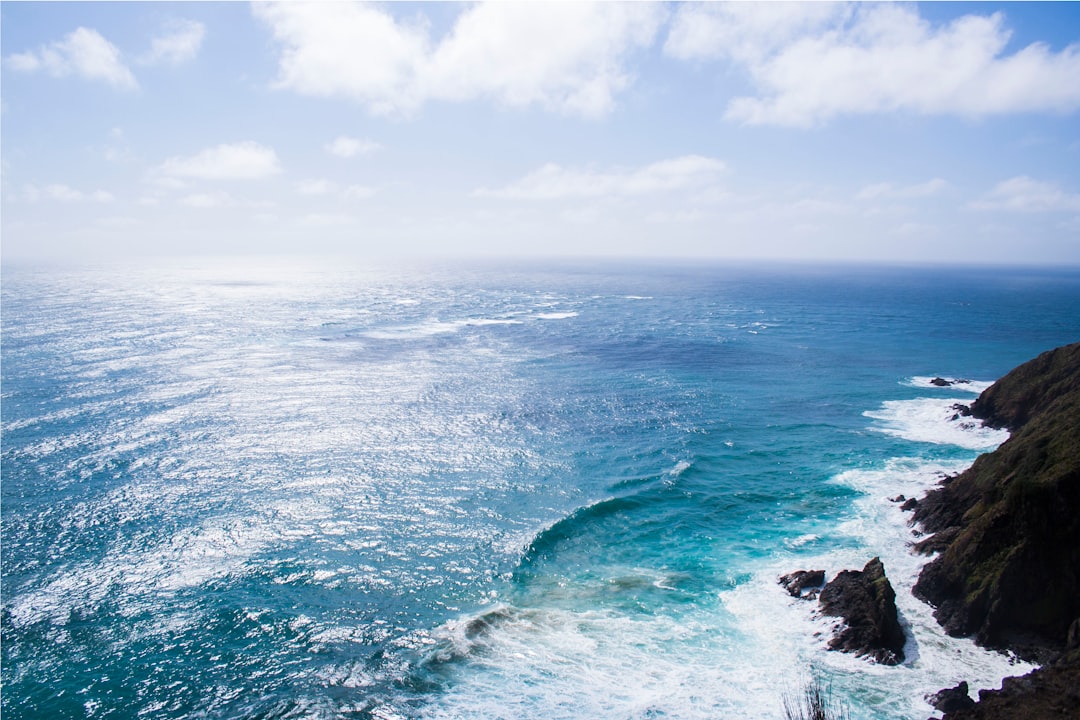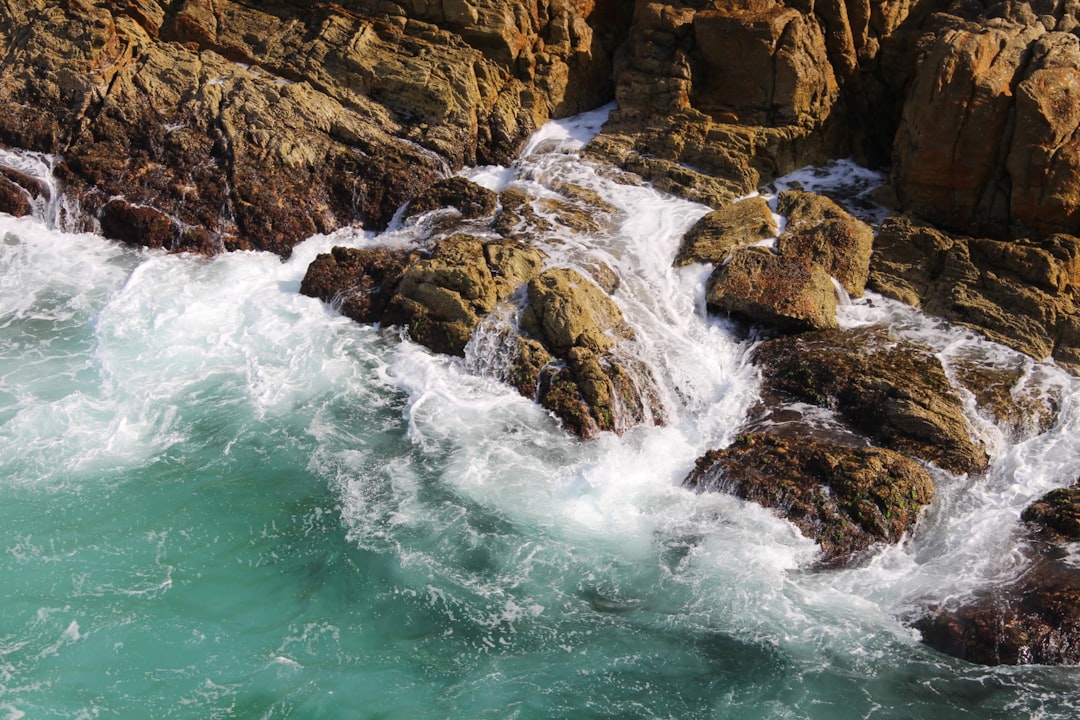What is it about?
Loess deposits are important records of past dustiness and atmospheric conditions. We have dated for the first time in high-resolution 3 Pampean loess sequences that allowed to better understand the environmental conditions of atmospheric dust deposition during the last glacial-interglacial cycle.
Featured Image

Photo by Dasha Vdovichenko on Unsplash
Why is it important?
We defined dust accumulation rates for the loess deposited at the Pampean Plain of southern South America wich allows to improve our understanding in proximal atmospheric dust deposition conditions. Studies in dust conditions in the past will help to better understand the influence of dust in climate changes.
Perspectives
I am thrilled about this article as it´s a first approach for comparing dust accumulation rates through different distances from dust sources.
Gabriela Torre
Universidad Nacional de Cordoba
Read the Original
This page is a summary of: Revisiting the chronology and environmental conditions for the accretion of late Pleistocene-early Holocene Pampean loess (Argentina), Quaternary Science Reviews, June 2019, Elsevier,
DOI: 10.1016/j.quascirev.2019.04.018.
You can read the full text:
Contributors
The following have contributed to this page










